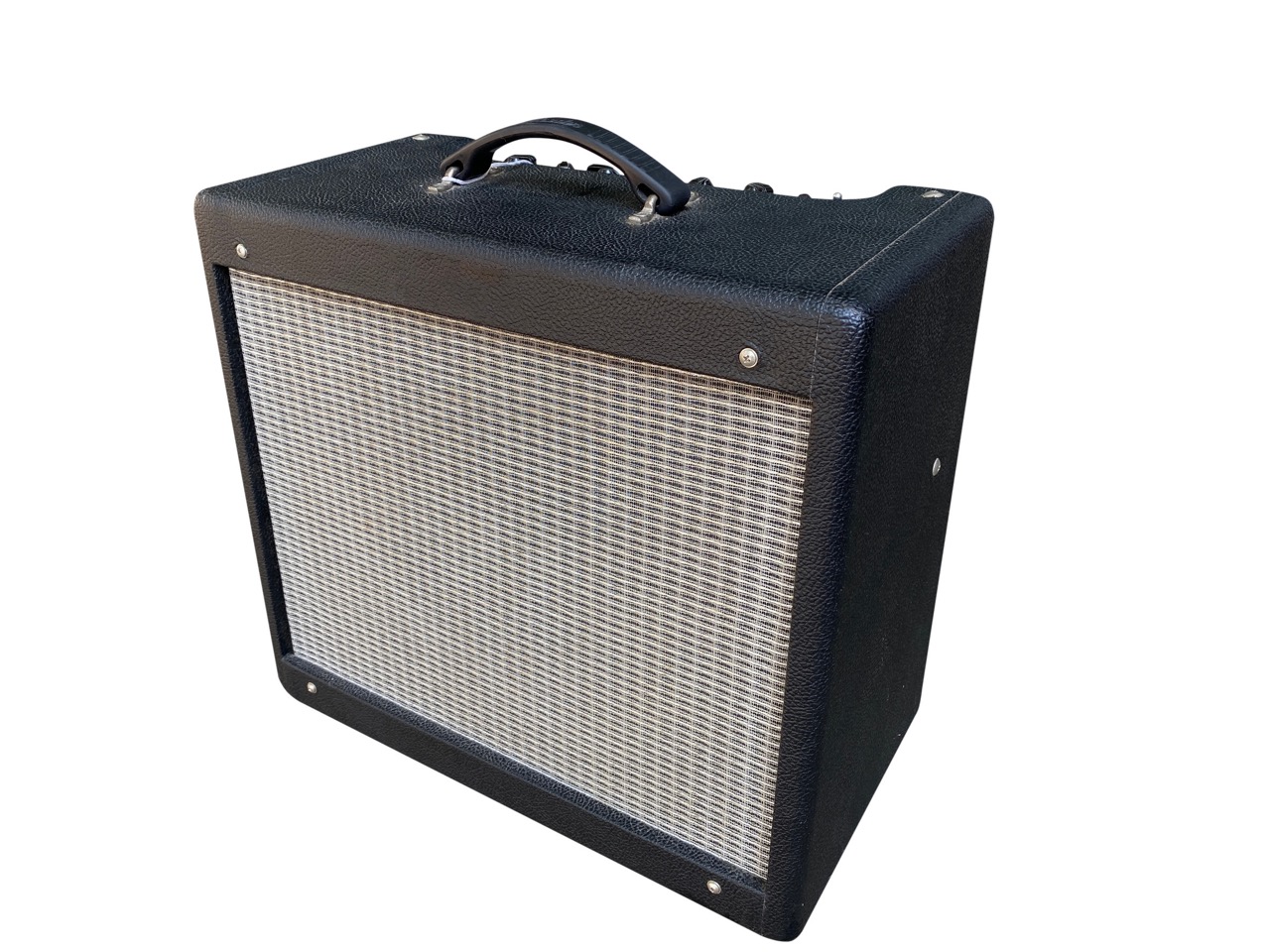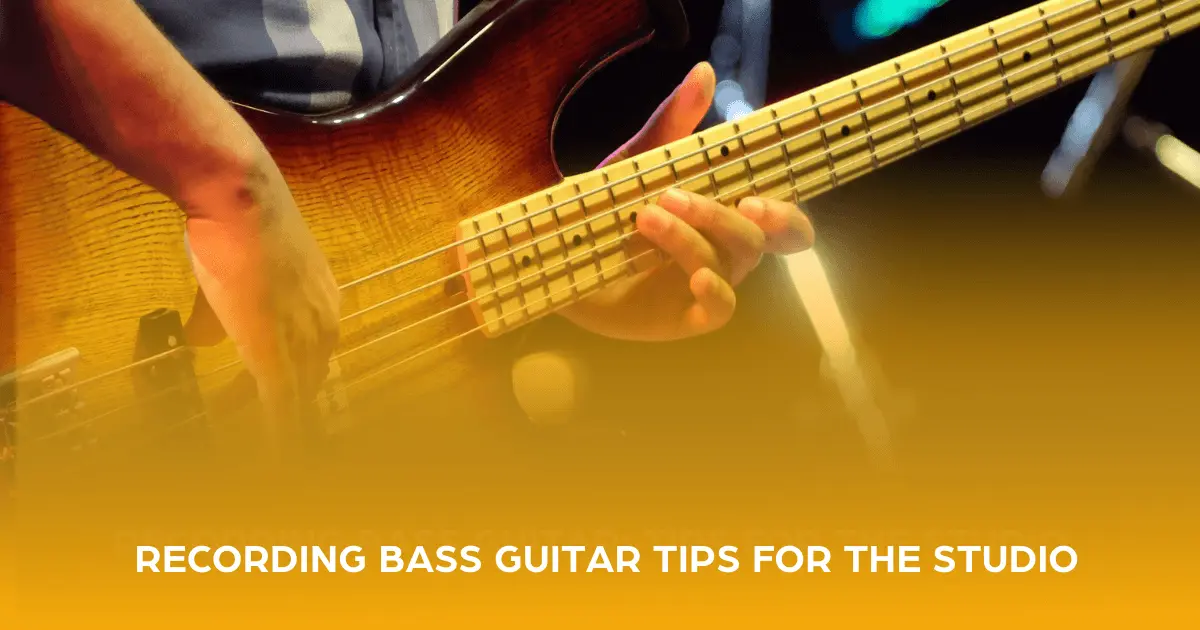Aside from your actual bass guitar and the way you play it, choosing the right amplifier is one of the key factors to getting a great bass tone. There are a lot of great bass amps out there, but with all the different combinations of sizes and settings, it can be overwhelming to find the right one.
Choosing the right bass amp involves considering factors like wattage requirement, amplifier type, and portability needs. In this buyer’s guide, we’ll examine the different types of amplifiers available and help you choose which one best suits you!
Table of Contents
Toggle1. Power (Wattage)
Amplifier wattage represents the amount of power an amplifier can deliver to the speakers. Higher wattage generally means the amp can generate a louder sound, but speaker sensitivity (measured in decibels) and the acoustics of the listening space also influence the perceived loudness.
Bass guitar amps generally need higher wattage than guitar amps to produce low frequencies at high volumes. To choose the right wattage for your amps, consider your intended use. 100 watts might be sufficient for home practice, and you may want to hit 200 watts from small gigs or to compete with a loud drummer/guitarist. If you plan on playing at larger venues, you might want to aim for the 200-400+ range.
2. Solid-State vs. Valve (Tube)
Valve (or tube) and solid-state bass amps differ in their amplification technology, resulting in distinct tonal and dynamic characteristics. Solid-state amps use transistors, and valve amps use vacuum tubes to get their sound. To choose between the two, you will need to consider your desired tone, musical style, practical needs, and budget.
- Solid-State Bass Amps typically offer a crisp, clean, clear sound, often with more headroom (the volume at which the amp starts to distort). They are often favored for their reliable, consistent sound, making them a good choice for genres like metal, pop, and rock, where a clear, tight bassline is often desired. Solid-state bass amps are generally smaller, lighter, and more affordable than valve amps.
- Valve Bass Amps are often preferred for their warm, dynamic, expressive tone, especially at higher volumes where they can produce a natural, pleasing distortion. They are known for their full-bodied sound and pleasing harmonics, especially in genres like rock, jazz, or blues that appreciate warm, natural tones and the ability to overdrive the amp for a more aggressive sound. Valve amps can be larger, heavier, and more expensive than solid-state amps. They do require some maintenance as the tubes will need to be replaced, generally every couple of years.
3. Combo vs. Head and Cabinet
When we use the term “bass amp”, we’re usually talking about a combination of items, including a preamplifier (preamp), which receives the low-level signal from the bass guitar and also controls the tones for shaping the sounds, a power amplifier, which amplifies the signal from the preamp, and the speakers, which are housed in the speaker cabinet.
- A Head and Cabinet Bass Amp separates the head (the preamp and power amp in one unit) and the cabinet containing the speakers. A head and cabin setup offers great flexibility in terms of power output and speaker customization. Head and cabinet setups are often preferred by experienced bassists who tour regularly, allowing them to easily switch out their cabinets or amplifier heads depending on the venue. A head and cabinet bass amp is generally more expensive and may require more space for transport and storage.
- A Combo Bass Amp combines the amplifier head and cabinet into one unit. Combo amplifiers are typically more affordable, convenient, and portable, making them suitable for beginners or practice at home. They are simple and ready-to-use. You don’t need to worry about any wiring or finding a speaker that matches your amp’s tone and impedance. However, combo amps are less versatile and may not be suitable for larger venues.
4. Other Considerations
Here are a few other factors to consider when choosing a bass amp:
- Portability – Bass amps can be heavy, so consider looking for features like handles, wheels, or lighter-weight amps if you want to make transportation easier.
- Durability – Look for sturdy construction, metal corner caps, and speaker screens.
- Tone Control – Most amps offer controls for bass, mids, and treble to fine-tune the sound.
- Speaker Size – Larger speakers can produce more powerful lows, while smaller speakers can offer a tighter, more accurate sound. Large rooms may require larger speakers, while small rooms benefit from smaller speakers.
- Budget – Bass amps come in various price ranges, so determine your budget before shopping.
There are a lot of factors to consider when choosing a bass amp. You can always try out amps with your own bass at a music store or ask the staff to help you find the right amp. Looking to learn to play the bass guitar? At JBM Music, we offer lessons for all ages! Contact us today to get started.



